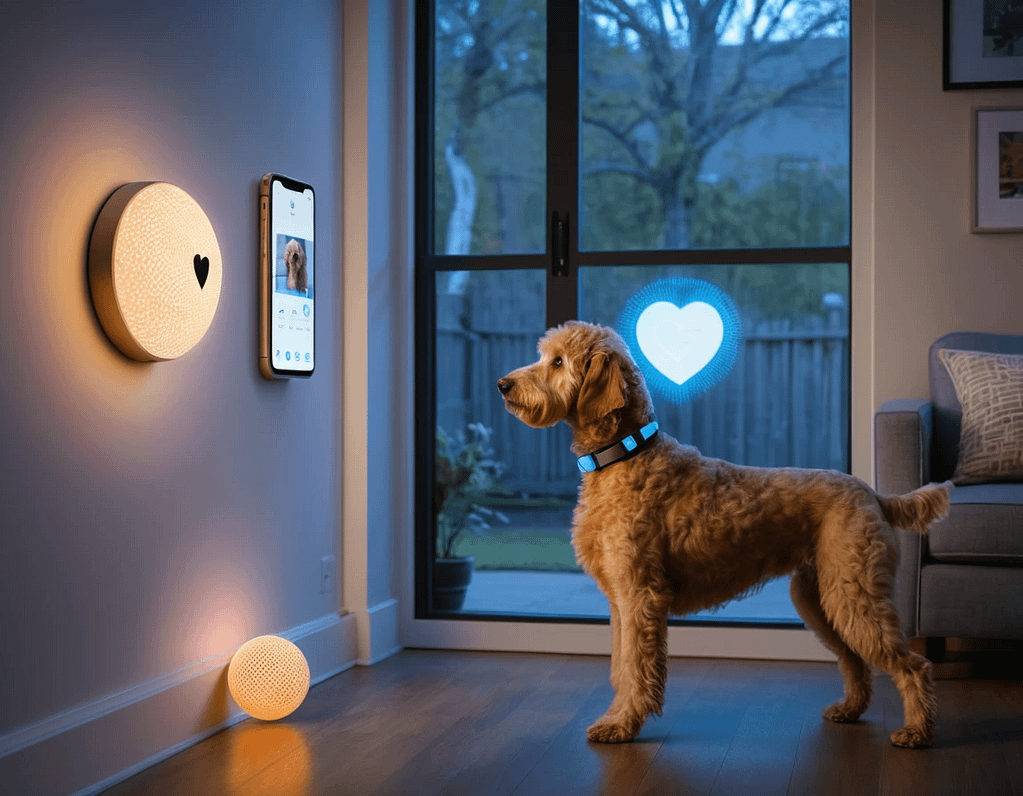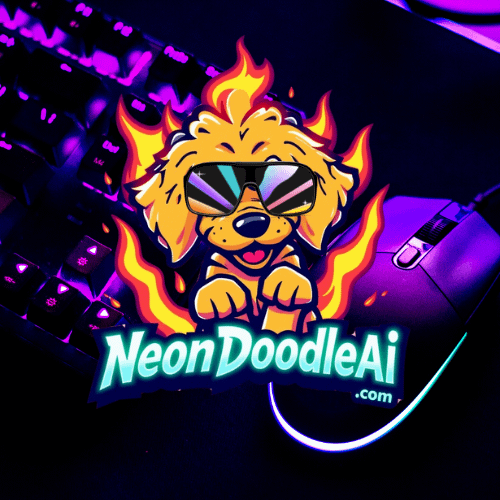
Introduction
Smart devices now watch our heartbeats and thermostats. AI pet surveillance is the new frontier. Cameras watch your cat’s naps, GPS tracks your dog’s adventures, and robots mimic love. But, how much is too much? Who benefits more—the pet, the owner, or the tech companies?
This blog explores AI pet tech’s promises and problems. We’ll look at health benefits and privacy concerns. Why is AI pet surveillance exciting and worrying at the same time?
1. The Rise of AI Pet Surveillance: Convenience or Control?
The pet tech market is booming, set to reach $17.25 billion by 2030. Devices like GPS trackers and smart feeders are leading the way. Companies like Tractive and Petcube offer cool features like 360° video and treat dispensers.
Mars Petcare’s “Dog Interpreter” campaign uses AI to translate dog reactions. It’s funny but shows a shift: pets are becoming data points. AI tools track sleep, activity, and sounds, creating detailed profiles.
But critics say this data focus turns pets into algorithms. A vet said, “A wagging tail tells a story, not just yes or no.”
2. Privacy in the Age of AI Pet Surveillance
Who owns your pet’s data? AI devices collect lots of info, from walking routes to home layouts. In 2025, California might regulate AI apps after a teen’s suicide. Could pet tech face similar rules?
Startups like Sylvester.ai and DIG Labs say they protect privacy. But, data breaches are a risk. Imagine hackers watching your home or selling your pet’s data. We need strong encryption and clear data policies.
3. AI Pet Surveillance as a Health Lifeline
Not all AI pet tech is bad. It’s changing vet care for the better. For example:
Fear Free and Sylvester.ai use cameras to detect pain in cats, spotting arthritis early.
Ollie’s DIG Labs lets owners scan their dog’s face for allergies and get meal plans.
Avant Wellness’s laser therapy uses AI for faster healing without surgery.
These tools help owners act early. A user said, “My cat’s AI tracker found kidney issues before symptoms showed—it saved her.”
4. The Emotional Cost of Digital Oversight

AI pet surveillance may give peace of mind but changes the bond with pets. In China, lonely people get AI pets like BooBoo. But can machines truly connect?
Pets respond to emotional cues, like voice tone, that machines can’t mimic. Relying too much on tech might make us less caring. Dr. Linda Chou says, “A treat-dispensing camera isn’t a hug.”
Conclusion: Where Do We Draw the Line?
AI pet surveillance is here to stay, offering undeniable benefits but demanding tough conversations. Should we prioritize convenience over companionship? Can we trust corporations with our pets’ biometric data? And how do we balance innovation with empathy?
The answer lies in mindful adoption. Use AI to enhance—not replace—the quirks and connections that make pet ownership meaningful. Share your thoughts: Is your pet’s privacy a price worth paying for their safety?
A Profound Question to Ponder
If AI could perfectly predict your pet’s every need, would you still cherish the messy, spontaneous moments that defy algorithms?

